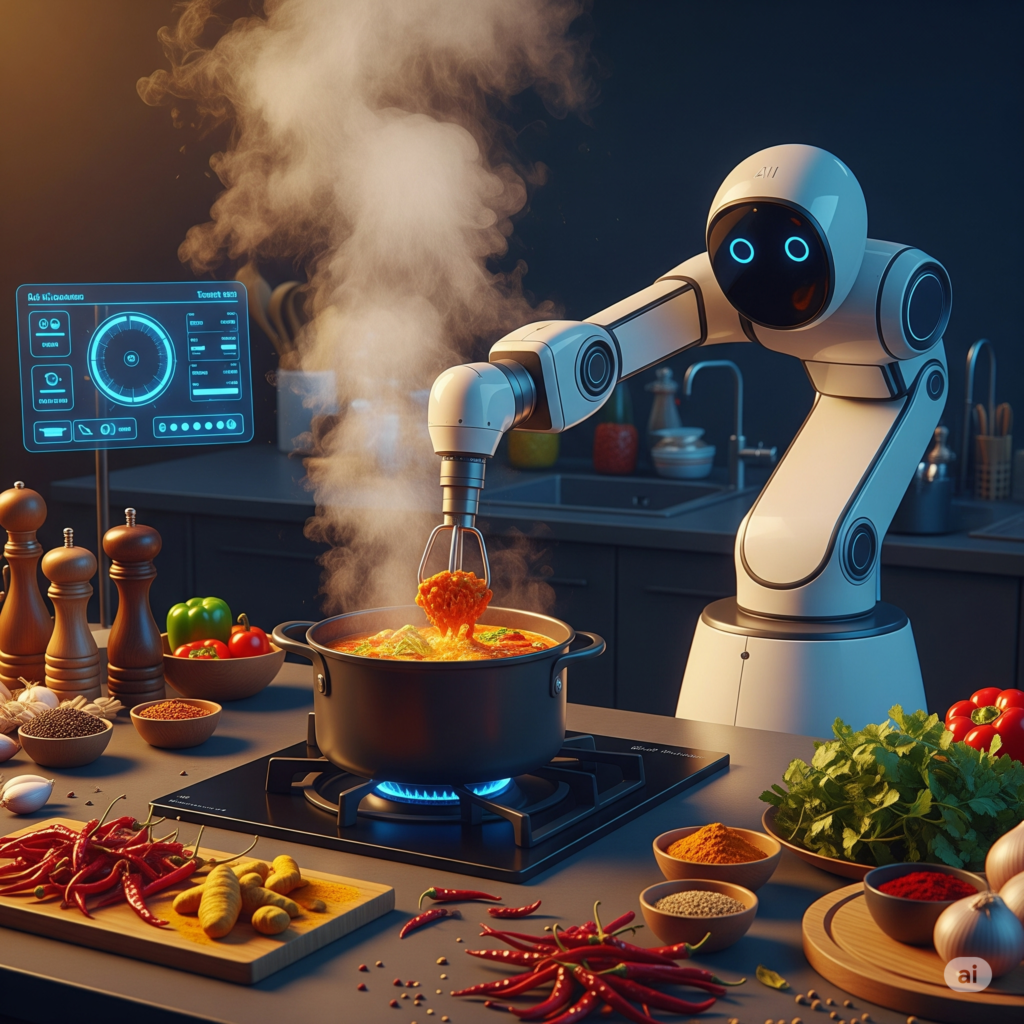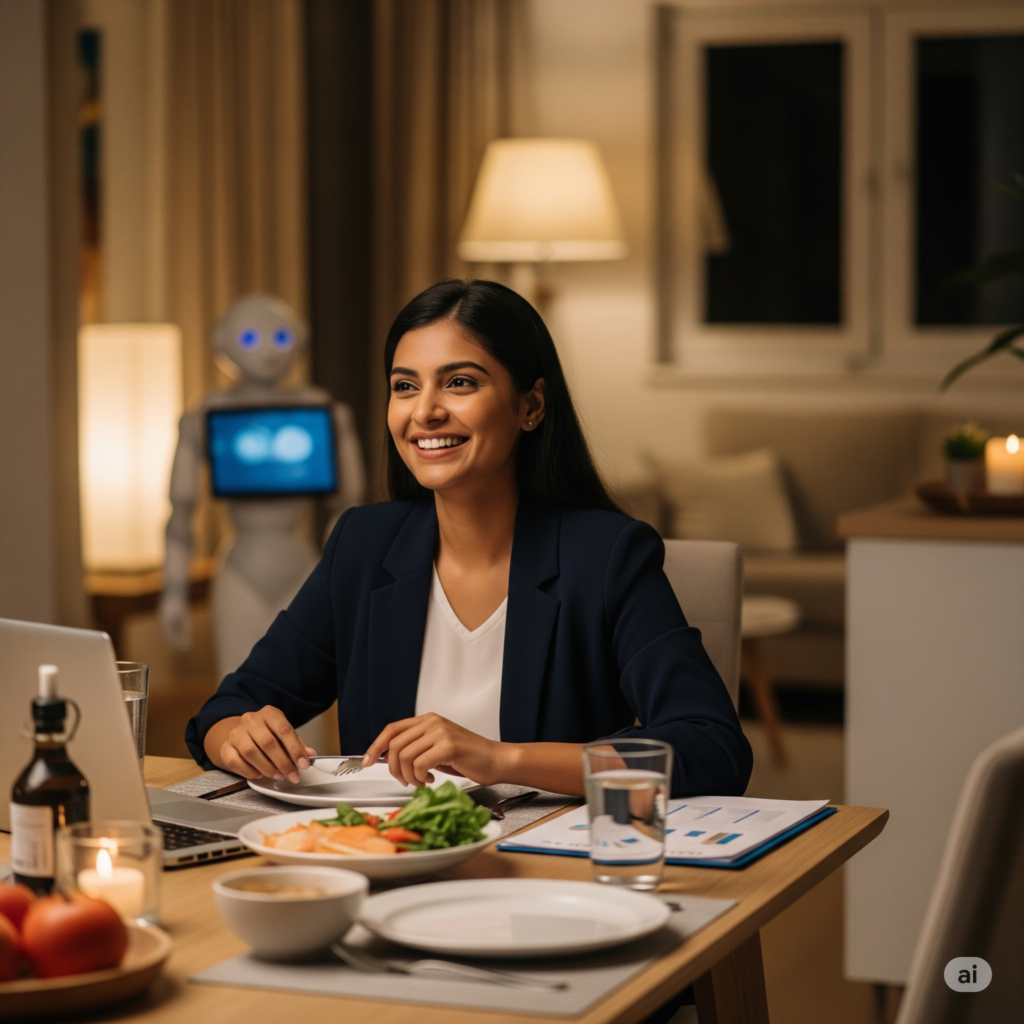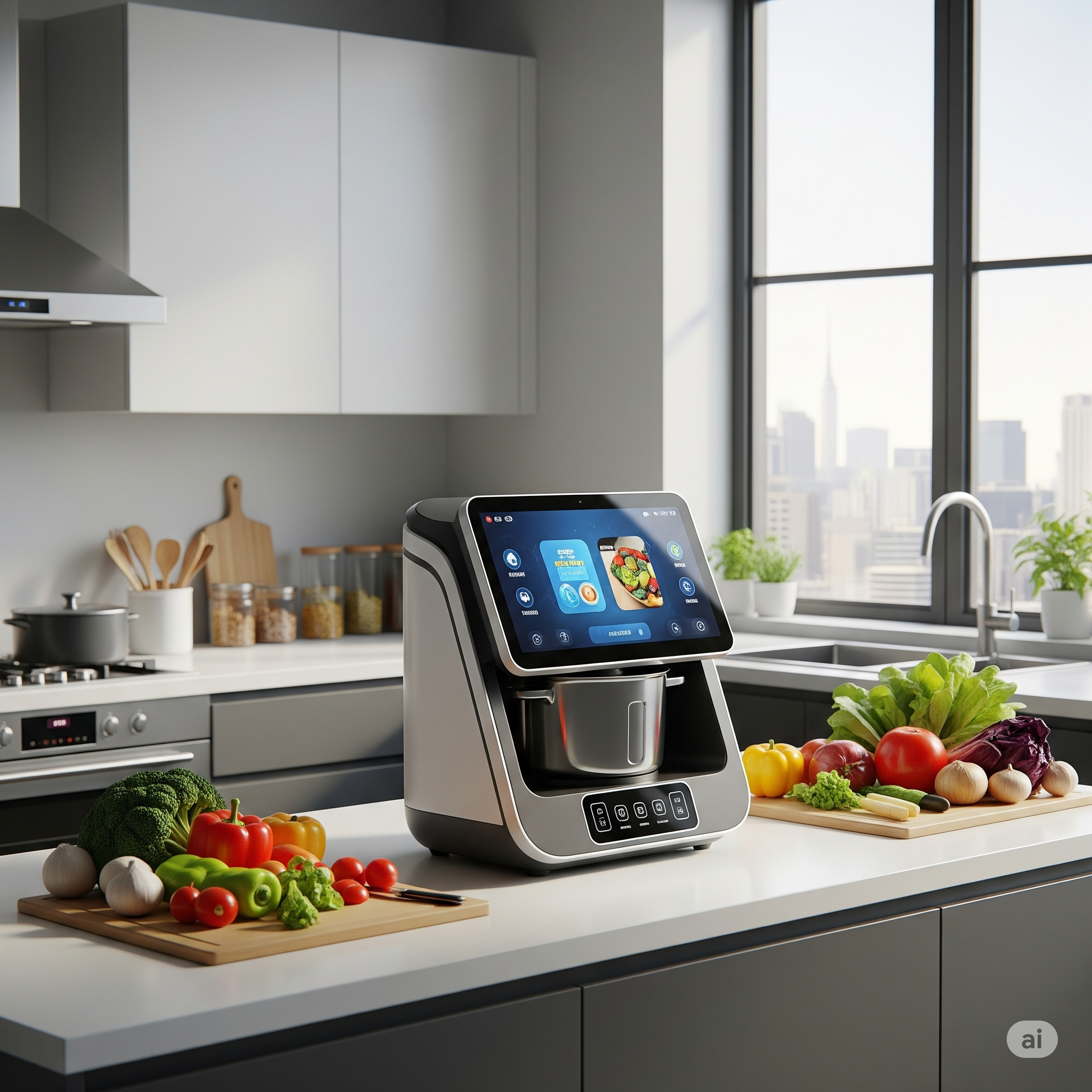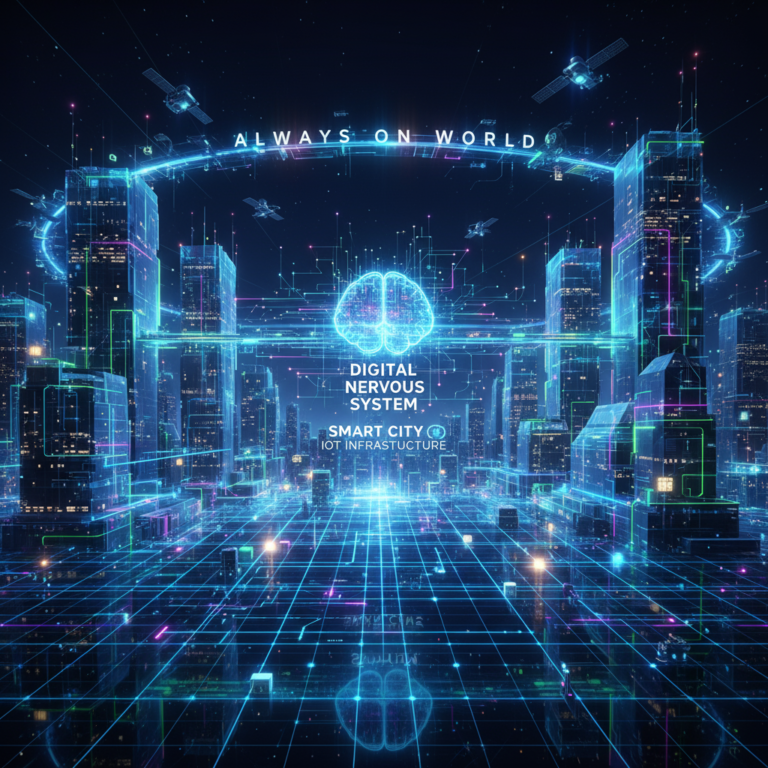In today’s fast-paced urban lifestyle, home-cooked meals are becoming a luxury. Between back-to-back meetings, commutes, and screen time, cooking often takes a backseat to quick fixes and takeout. Enter Posha, an AI-powered countertop cooking robot that’s poised to revolutionize the modern kitchen. Designed to offer nutritious, home-style meals with zero effort, Posha combines culinary intelligence with the convenience of automation.
This blog explores how Posha works, the technology behind it, and what it means for the future of food in a world where time is the ultimate currency.
What Is Posha?
Posha is a compact, AI-driven kitchen assistant that fits on a countertop and acts as a personal chef. At the push of a button, it cooks freshly prepared meals with ingredients stored inside its chamber. Unlike traditional smart kitchen gadgets that focus on automation in parts (like chopping or heating), Posha handles the entire cooking process — from choosing the recipe to adjusting spices, cooking times, and even plating suggestions.
Posha’s real edge? It adapts to your taste preferences and dietary needs using machine learning.
How It Works: The Tech Behind the Taste
1. Ingredient Storage & Dispensing
Posha is equipped with compartments that store grains, oils, spices, vegetables, and proteins. The robot dispenses precise quantities based on the selected dish.
2. AI-Powered Recipe Selection
The robot uses an AI engine to recommend dishes based on dietary needs (e.g., vegan, high-protein), past preferences, and even local weather. Feeling cold? Expect a hot soup suggestion.
3. Custom Flavor Profiles
Machine learning allows Posha to adapt your spice levels and flavor choices over time. If you like your curries extra spicy or your pasta al dente, the robot remembers.
4. Precision Cooking

Sensors monitor heat, moisture, and consistency in real time. Posha can adjust cooking methods (e.g., sauté, steam, simmer) mid-recipe, just like a seasoned human chef would.
5. Voice and App Integration
Users can interact via voice commands or control Posha through a mobile app that offers meal planning, shopping list integration, and calorie tracking.
Why It Matters: Solving the Mealtime Dilemma
1. Time Efficiency
With Posha, preparing a fresh meal can take less than 15 minutes, with no hands-on time.
2. Healthier Choices
Unlike food delivery services laden with preservatives, Posha uses fresh ingredients and cooks them on the spot.
3. Minimal Cleanup
Posha is designed with a self-cleaning mechanism and dishwasher-safe parts, reducing the post-meal mess.
4. Sustainability
The use of exact quantities cuts down on food waste. The device also supports plant-based recipes and encourages home cooking with whole foods.
Applications Beyond Homes
While Posha is marketed toward professionals and small families, its implications are wider:
- Hostels and Dormitories: Quick meals for students without cooking skills.
- Elderly Care: Independent meal preparation for seniors with dietary restrictions.
- Office Pantries: Employees can make fresh lunches on-site.
- Remote and Rural Areas: Nutritious meals without the need for a full kitchen setup.
Challenges and Limitations
Like any tech solution, Posha is not without its challenges:
- Initial Cost: As a cutting-edge device, it might be expensive for some households.
- Ingredient Refills: Requires regular restocking of fresh produce.
- Cultural Preferences: Indian meals, for instance, vary greatly in spice and preparation styles — can one robot get it right for everyone?
The Future of Home Kitchens

The rise of AI-powered cooking robots signals a future where daily nutrition doesn’t have to be sacrificed for lack of time. Companies like Posha are merging the precision of automation with the soul of culinary tradition. It’s not about replacing human chefs but augmenting lifestyle convenience in a world where stress and speed dominate.
As the tech improves, we might see modular bots collaborating — one chopping, another stirring, another cleaning — all orchestrated by AI to deliver restaurant-quality food at home.
Conclusion
Posha represents more than just a fancy kitchen gadget; it’s a response to the growing demand for healthy, hassle-free, home-cooked meals. With AI and robotics entering the heart of the home — the kitchen — the way we cook, eat, and live may be undergoing a fundamental shift. For the busy professional craving the comfort of a home meal without the chaos, Posha is serving the future on a plate.









+ There are no comments
Add yours